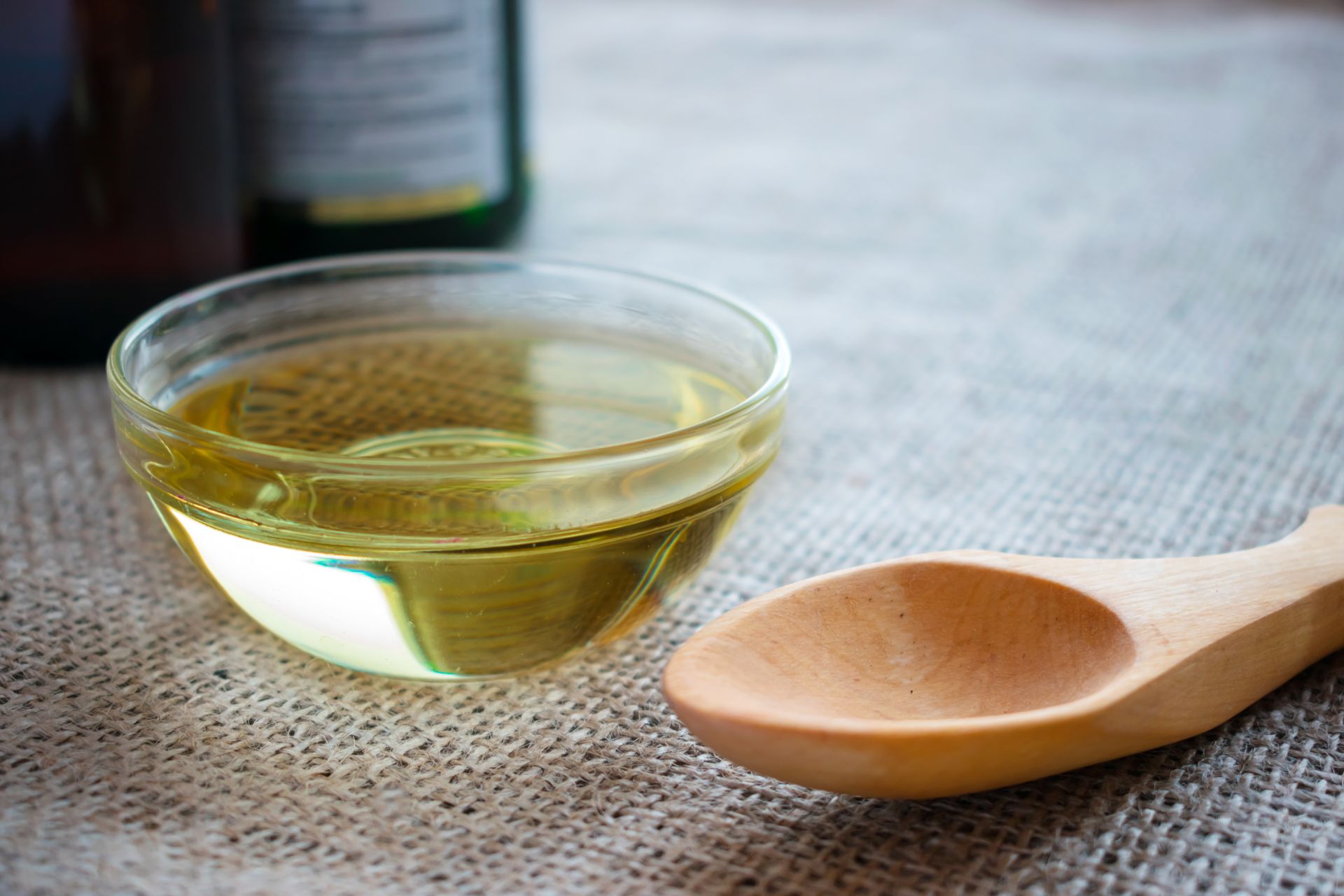NEAT - spontaneous physical activity

Excessive food consumption, and even more so high-calorie, highly processed foods, and a sedentary lifestyle are considered two of the most important factors in the development of obesity in today's society. As we all know, not all obese people's fat reduction comes easily and quickly, which is why new ways to lose excessive body weight are constantly on the rise. NEAT is a term that is usually associated with losing weight by taking the magic 10,000 steps every day. Should we rightly associate NEAT with taking steps and monitoring their number in a sports band? That's what today's article is about.
- What is NEAT?
- NEAT is not just about steps
- What are the health benefits of increased NEAT?
- What are the risks of low NEAT?
- How does increasing NEAT prevent obesity?
- NEAT - why is it often underestimated?
What is NEAT?
NEAT (from Non-Exercise Activity Thermogenesis) is referred to in the literature as non-exercise-induced thermogenesis. NEAT is one of the four major components of total daily energy expenditure, along with basal metabolic rate (PPM), the thermic effect of food (TEF) and thermogenesis associated with scheduled exercise (e.g., one hour of strength training 3 times a week). NEAT is most often associated by many people with counting steps throughout the day, and rightly so, although it is worth adding other spontaneous movements such as talking, gesticulating, stretching, fidgeting, or standing. It is estimated that the body's energy expenditure associated with NEAT averages 15% of total daily energy consumption, and can vary significantly from person to person due to fundamental individual differences in temperament, need for stimulation and external stimuli, and daily occupational, domestic and caregiving duties, as well as leisure activities. The center that strictly controls NEAT is the hypothalamus; however, a number of neuropeptides are involved in regulating the energy balance of the human body, including ghrelin, neuromedin U, Agouti protein and orexin, whose reduced levels and/or impaired response to this peptide is common in obese people
NEAT is not just about steps
Many people today use sports bands and set a goal of taking a minimum of 10,000 steps each day, which is undoubtedly an excellent way to increase NEAT and thus maintain good health. As we already know, NEAT encompasses short periods of spontaneous physical activity throughout the day unrelated to performing scheduled specific physical exercises. Below is a list of examples of a dozen daily human activities that count as NEAT, and as you can see, it's not just walking.
- climbing and descending stairs,
- speaking,
- writing,
- singing,
- gesticulating,
- drilling,
- stretching,
- postural changes,
- spontaneous muscle contractions,
- staying upright, playing with the baby,
- playing with animals,
- walking with a baby carriage,
- walking with a dog,
- shopping,
- moving around the house or around the office,
- moving objects,
- DIY,
- cleaning,
- various types of household chores, such as ironing, washing dishes
kitchen, hanging laundry.
What are the health benefits of increased NEAT?
The benefits of increased NEAT include not only an increase in calories expended per day, but also a reduction in metabolic syndrome, cardiovascular incidents and overall all-cause mortality. An increase in NEAT, or a range of physical activity behaviors that come from the unconscious pursuit of exercise, can be an extremely effective strategy for preventing weight gain on the one hand, and aiding in the reduction of body fat due to an increase in calorie burn. An active lifestyle resulting mainly from high NEAT levels has been linked to cardiometabolic health and longevity in elderly men and women. Seniors with high NEAT have been shown to have a smaller waist circumference and more favorable parameters of lipid (serum triglycerides and HDL fraction cholesterol) and carbohydrate (blood glucose and insulin) metabolism. The current study also shows that interrupting prolonged sitting every 20 minutes with short episodes of low- to moderate-intensity physical activity, such as a 2-minute walk, results in a marked reduction in postprandial glycemic as well as insulin response. It has been observed that increasing NEAT throughout the day (short walking or gymnastics every 20-30 minutes) can lead to a 30% decrease in postprandial glucose levels when a high glycemic index breakfast is consumed and 11% for a low glycemic index breakfast. In addition, high NEAT can increase tissue insulin sensitivity and improve sleep quality and length.
What are the risks of low NEAT?
A steadily growing body of scientific evidence suggests that spending long periods of time during the day in a sedentary position is associated with an increased risk of obesity, type 2 diabetes, and cardiovascular and cancer diseases. In addition, a sedentary lifestyle, or low NEAT, increases the risk of cardiovascular mortality, cancer mortality and all-cause mortality, regardless of the amount of time spent exercising during leisure time, as well as the level of intensity. It is noteworthy that low NEAT levels are often associated with obesity, which in turn increases the risk of type 2 diabetes, cardiovascular incidents, hypertension, dyslipidemia, obstructive sleep apnea, asthma, osteoarthritis and certain cancers. In addition, obesity worsens psycho-physical well-being and reduces quality of life, and leads to reduced life expectancy. It is also worth mentioning that a decrease in NEAT can occur as a result of prolonged dietary and/or training intervention aimed at intensive weight reduction by introducing a very large caloric deficit, for the body then seeks to save the maximum amount of energy in order to survive.

How does increasing NEAT prevent obesity?
A high NEAT allows you to maintain better health, extend life expectancy and, just as importantly, consume more calories with your diet without the consequences of increasing body fat stores. The daily use of simple techniques that lead to an increase in NEAT is an important part of lifestyle modification in obese individuals, as well as patients with carbohydrate metabolism disorders. As a first step, it is advisable to limit the time spent on activities associated with minimal energy expenditure (to a maximum of 50 kcal per hour), such as using an elevator, driving a car, watching TV, using a computer and reading while sitting or lying down. In order to increase NEAT, it is necessary to replace the above-mentioned activities with such a physical activity that will result in a higher energy expenditure, such as climbing stairs instead of using the elevator, walking and running many errands on foot, participating in playtime with a child, walking the dog, cooking on one's own instead of dining out, using the computer while standing up, reading a newspaper or watching TV while exercising on a stationary bicycle, stepper, orbitrek or treadmill. The results of numerous scientific studies clearly indicate that even very short breaks from prolonged sitting, lasting 2 to 5 minutes every 20 to 30 minutes of sitting, can have a positive effect on improving the health and appearance of the figure, so it is worth seriously considering which of the NEAT-enhancing strategies discussed above would be feasible to implement into our lives.
NEAT - why is it often underestimated?
NEAT still seems to be an underestimated component of 24-hour energy expenditure, for most people usually do not take it into account when reducing body fat and focus only on the energy consumed by the body during scheduled exercise (e.g., weight training or running). Meanwhile, NEAT typically occurs at low to moderate energy expenditure, but for minutes to even hours during a specific day, which determines that it can have a significant impact on metabolic rate and consequently stimulate greater energy expenditure over time. High-intensity daily spontaneous movements counted as NEAT can result in as much as an additional 2,000 kcal of energy expenditure over the course of an entire day and thus can exceed basal metabolic rate, depending on body weight and level of physical activity. This is best illustrated by the specifics of work, e.g. a courier delivering packages (and even more so before Christmas) will burn at least several times more calories during the day than an office worker or a programmer working remotely. Increasing NEAT during both leisure and work activities may be necessary to maintain the negative energy balance needed to successfully reduce stored body fat in anyone looking to lose weight.
Sources:
- Villablanca PA, Alegria JR, Mookadam F, et al: Nonexercise activity thermogenesis in obesity management. Mayo Clin Proc. 2015 Apr;90(4):509-19.
- Kotz CM, Perez-Leighton CE, Teske JA, et al: Spontaneous Physical Activity Defends Against Obesity. Curr Obes Rep. 2017 Dec;6(4):362-370.
- Chung N, Park MY, Kim J, et al: Non-exercise activity thermogenesis (NEAT): a component of total daily energy expenditure. J Exerc Nutrition Biochem. 2018 Jun 30;22(2):23-30.
- Silva AM, Júdice PB, Carraça EV, et al: What is the effect of diet and/or exercise interventions on behavioral compensation in non-exercise physical activity and related energy expenditure of free-living adults? A systematic review. Br J Nutr. 2018 Jun;119(12):1327-1345.
- von Loeffelholz C, Birkenfeld AL.: Non-Exercise Activity Thermogenesis in Human Energy Homeostasis. Endotext [Internet].
 ⮜ Previous article
⮜ Previous article
Legumes - why should you eat them?
 Next article ⮞
Next article ⮞